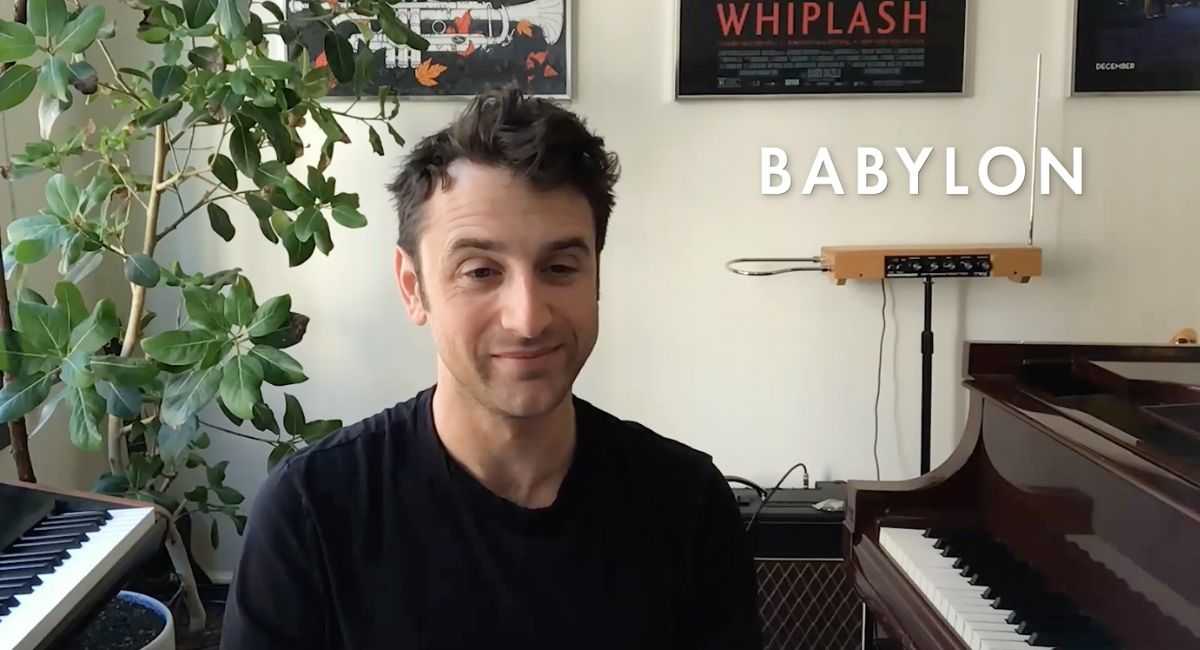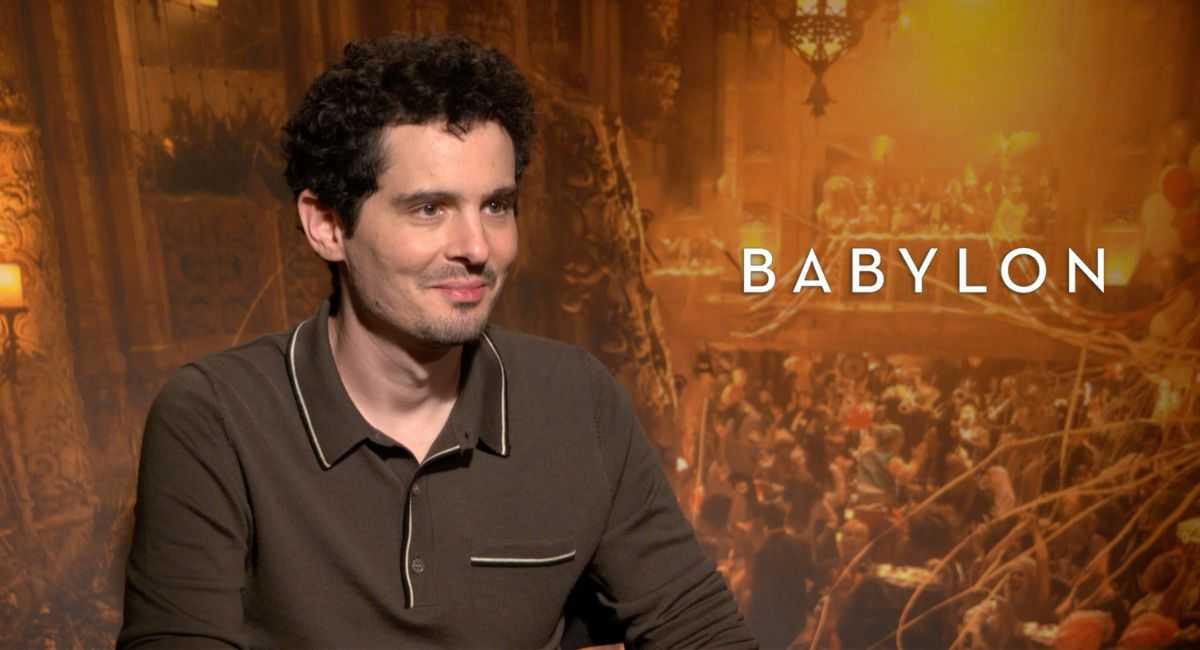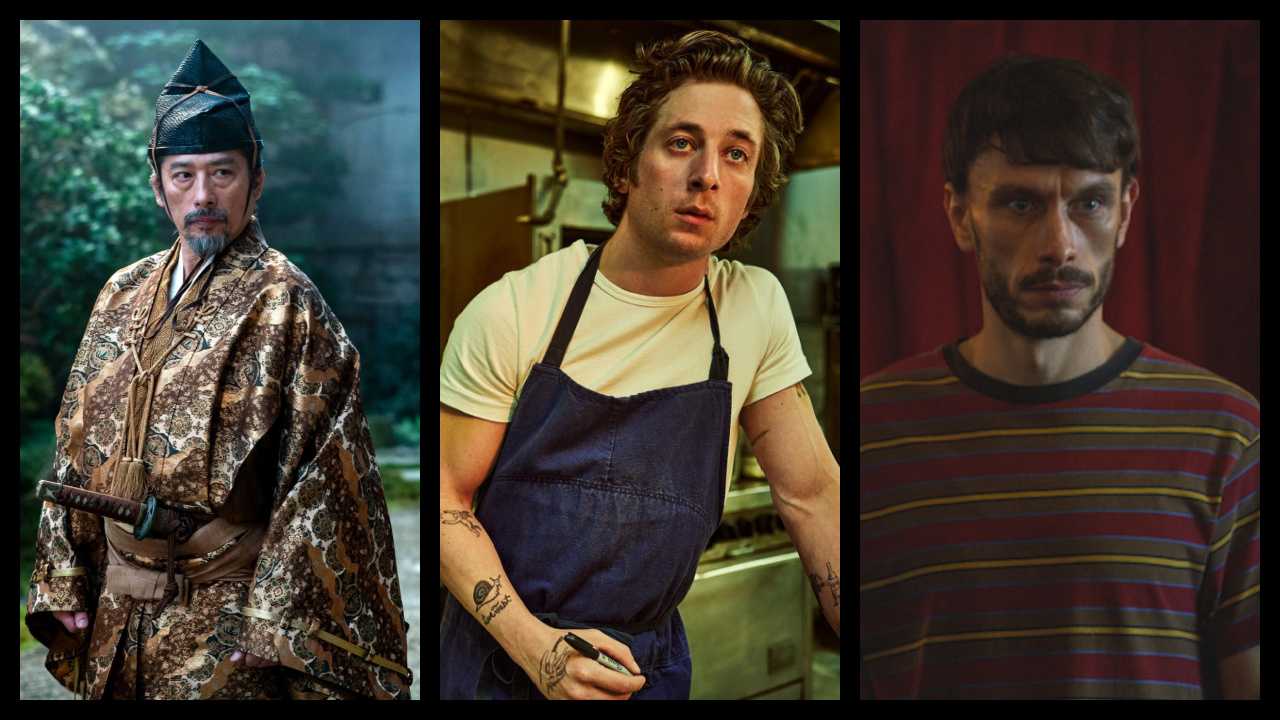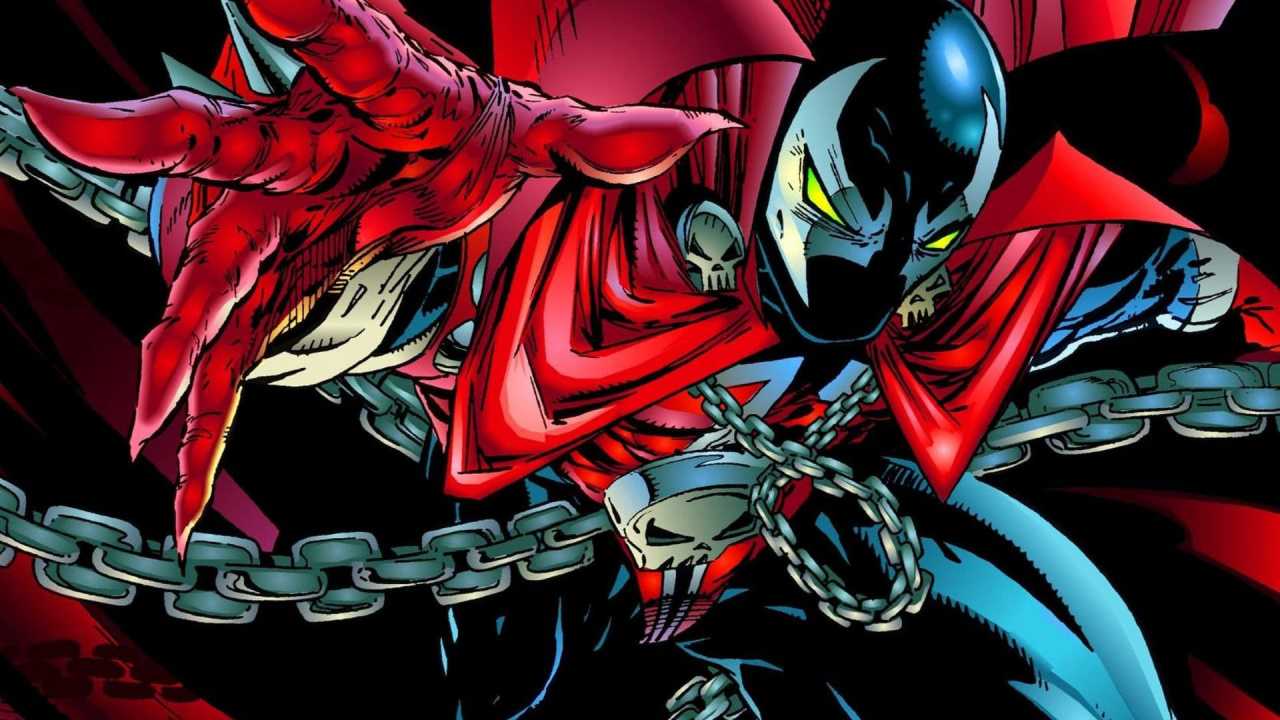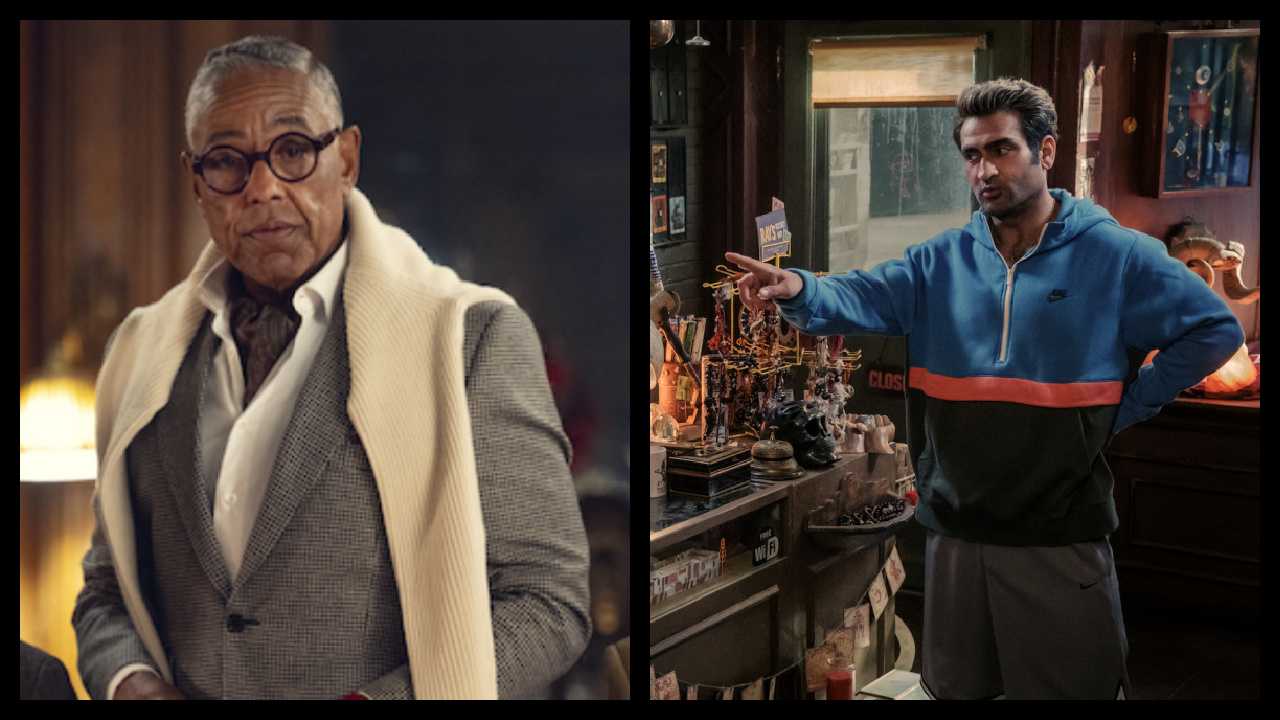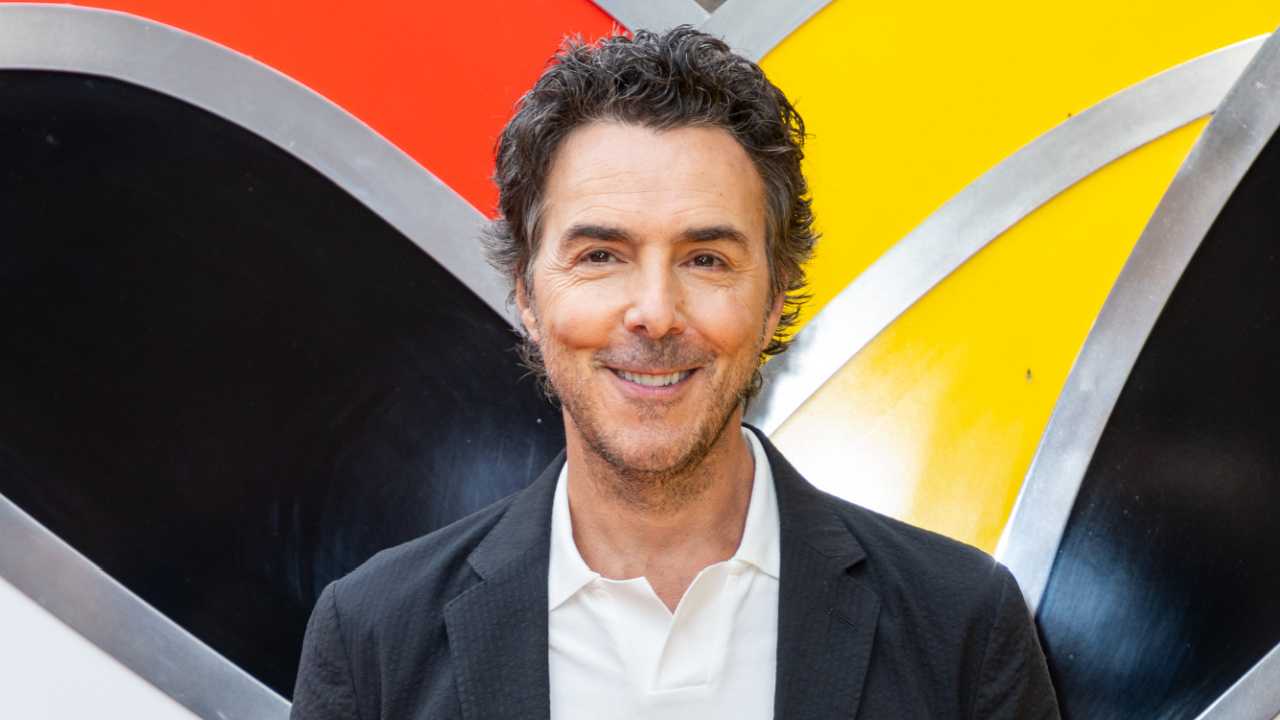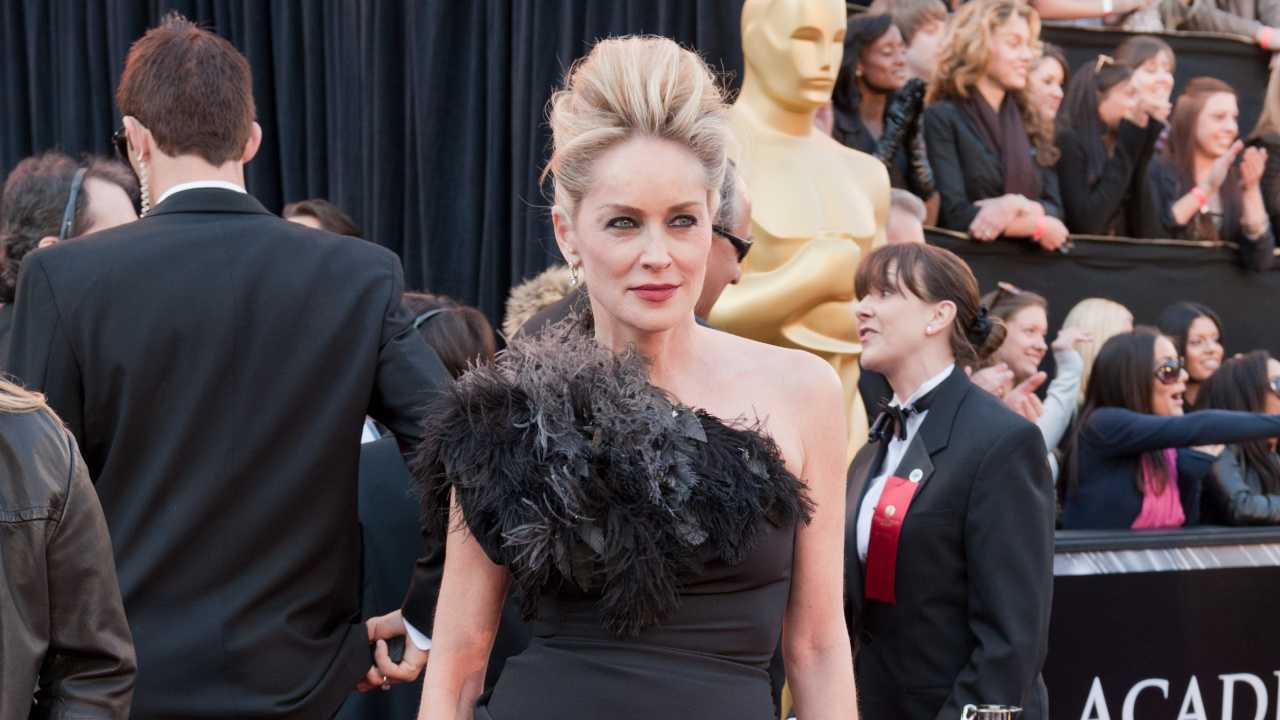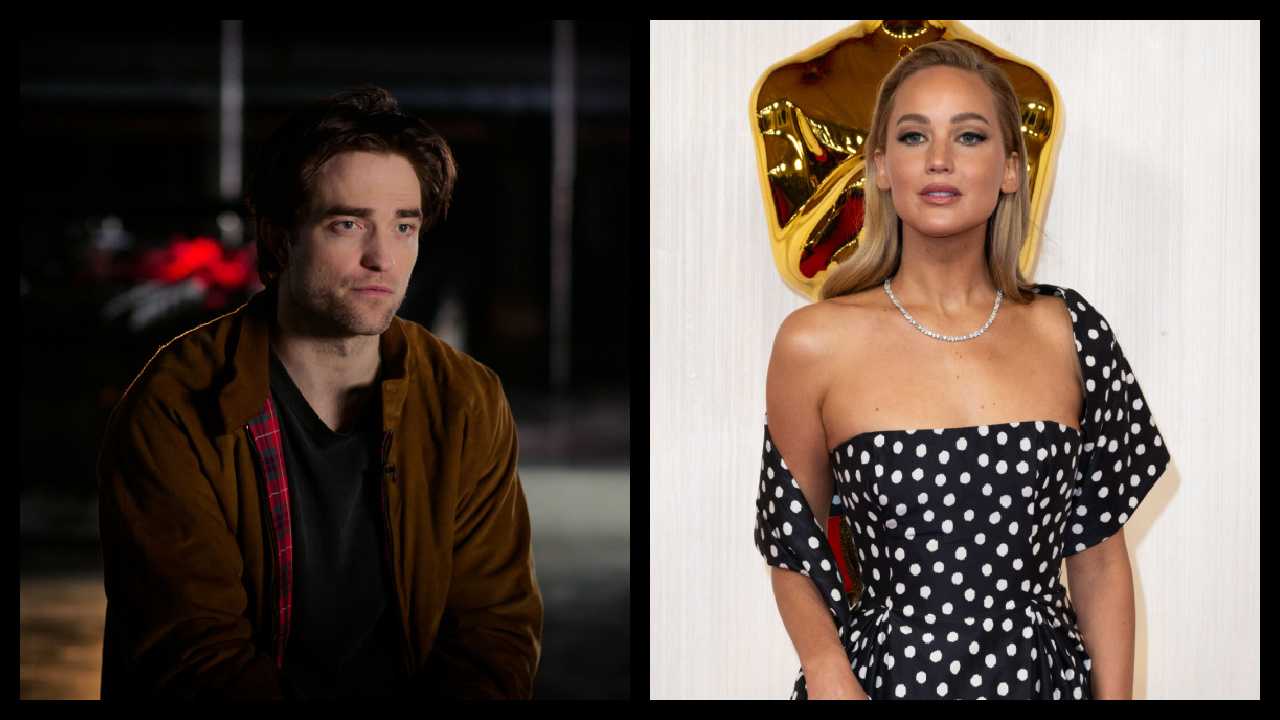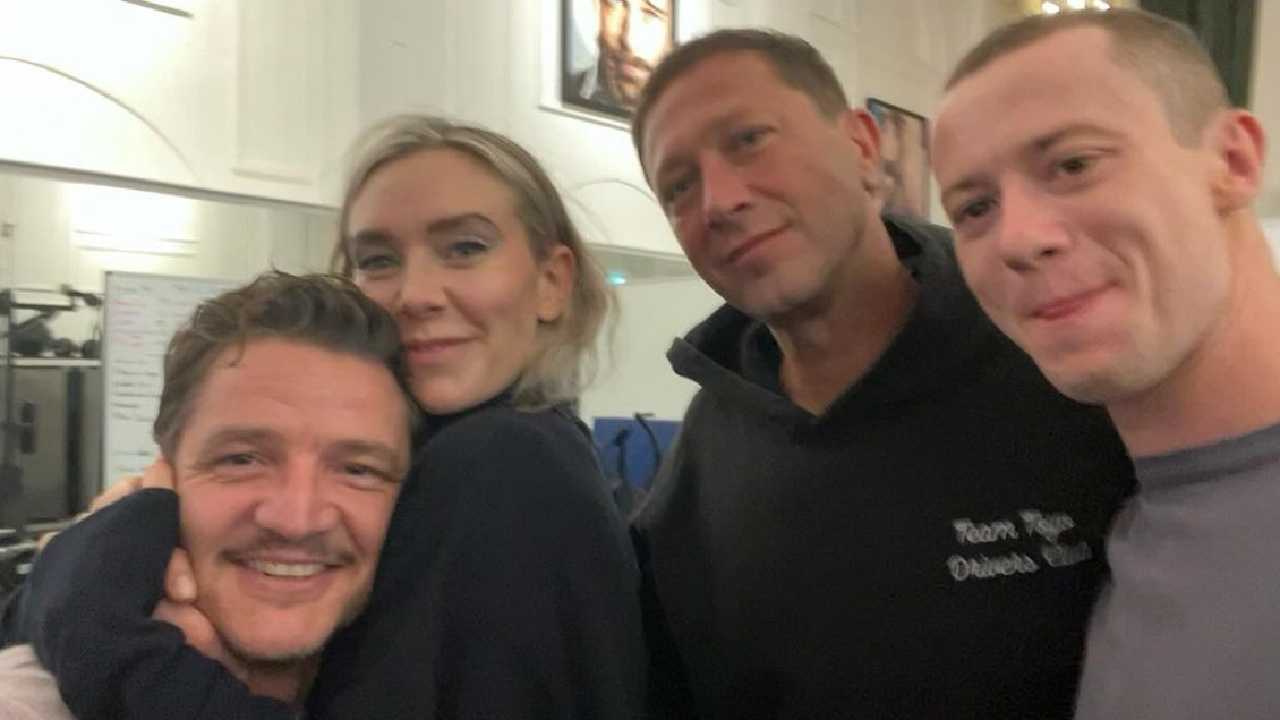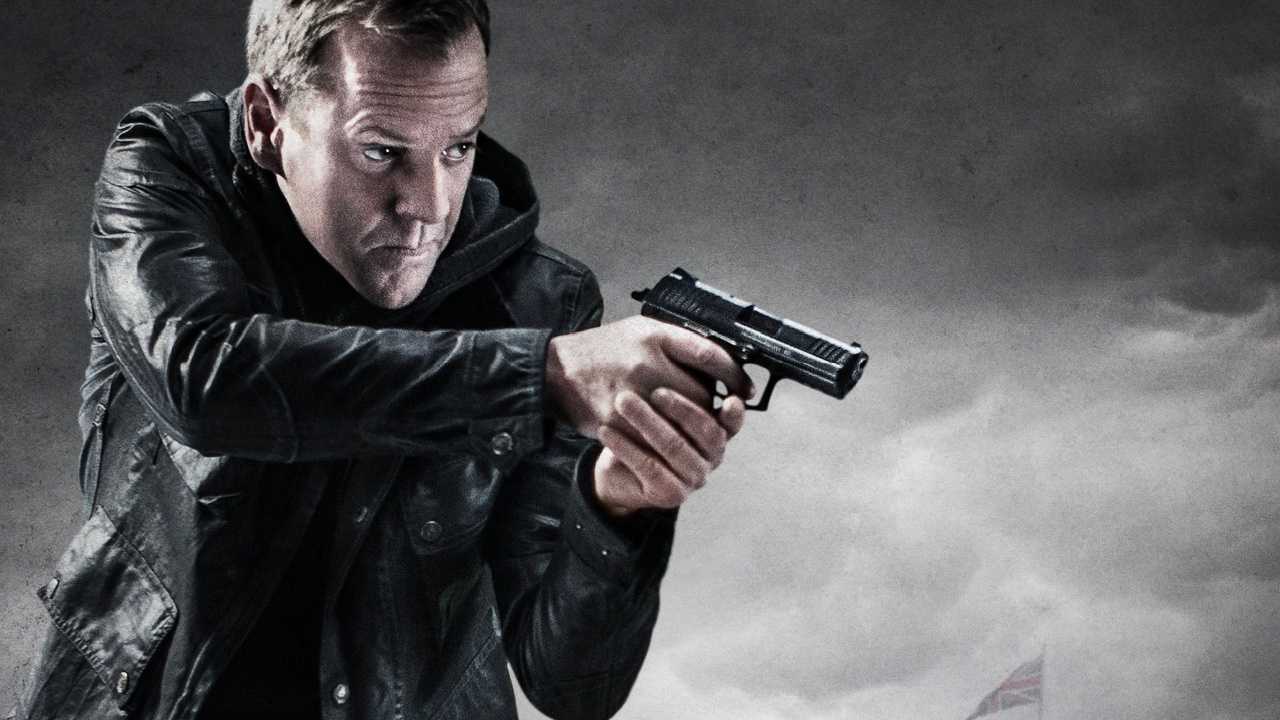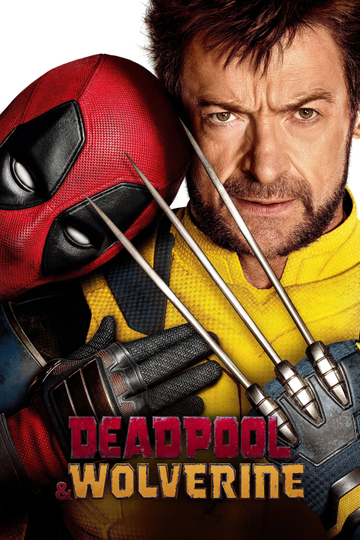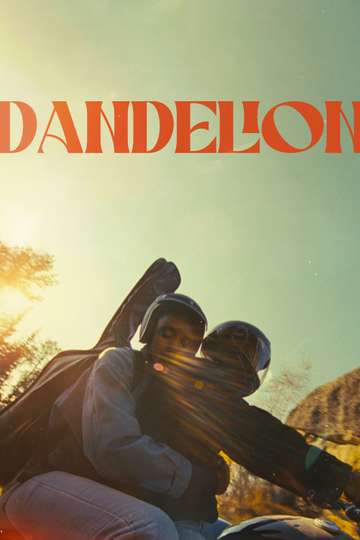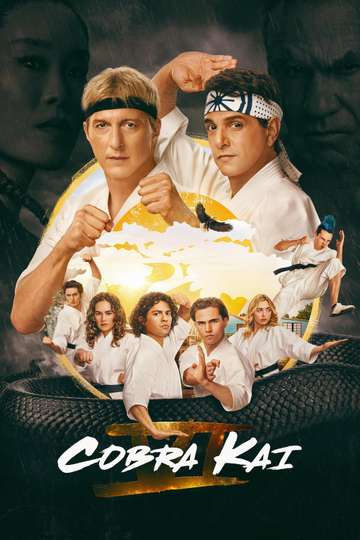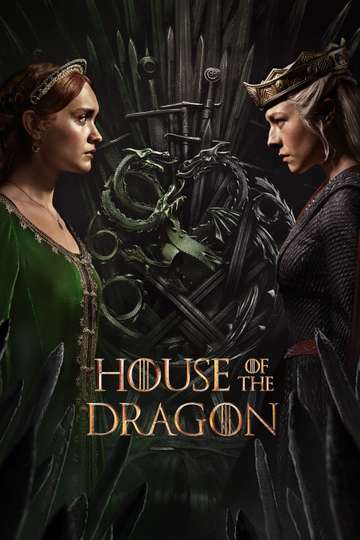12 Things You Didn't Know About 'Spider-Man 2'
If they're worth their salt, every new superhero movie raises the bar on what audiences can expect from comic book adaptations, which makes it easy to forget that it was Sam Raimi’s “Spider-Man 2” that set that bar in the first place. Released on June 30, 2004, the film elevated Raimi’s work on the first “Spider-Man” to new levels, combining the brisk, visceral action of his origin story with an emotional and thematic complexity that quite frankly few people thought movies like this one could possess. As much as it may seem quaint in comparison to the rambling MCU films that followed in its footsteps, Raimi and his collaborators created something truly special that continues to hold up brilliantly today.
To commemorate the film’s 15th anniversary, we dug through its history for a list of some of the little details that were both discarded along the way, as well as some of the ones that made it the masterpiece that it became.
1. Not long after the first film’s release in 2002, Sony hired Michael Chabon (“The Amazing Adventures of Kavalier and Clay”) to rewrite the story conceived by Alfred Gough and Miles Millar. He reimagined Otto Octavius as a peer of Peter Parker’s who develops an infatuation with Mary Jane (Kirsten Dunst). Not only was it revealed in Chabon’s script that Octavius bred the genetically-enhanced spider that bit Peter in the first film, but his battle against Spider-Man is primarily driven by the desire to replace his own spine with the web slinger’s, who can handle the weight and the pain of being fused with his mechanical limbs.
2. Director Sam Raimi eventually dug through the various drafts of earlier scripts and enlisted Alvin Sargent (“Ordinary People”) to cobble them together into the version that appears on screen. Inspired by “Superman II,” Raimi wanted a story that explored the cost of Peter’s double life that would take him on a journey to learn how to appreciate his powers and be happy as a hero.
3. Nevertheless, much of the story is also derived from “The Amazing Spider-Man” No. 50, titled “Spider-Man No More,” which the filmmaker drew from directly for several shots including when Peter throws his suit in the trash. Meanwhile, Raimi jettisoned the idea that Octavius would be a peer or colleague and made him a mentor to be saved rather than competed with, which added complexity to the villain and eliminated a love triangle subplot that was already explored once in “Spider-Man.”
4. Prior to shooting the first “Spider-Man,” Tobey Maguire injured his back on the set of “Seabiscuit,” and Jake Gyllenhaal was recruited to step into the role in case he didn’t recover. Maguire however rebounded and took back over the role that would become one of his signatures. Gyllenhaal got his time in the Spider-verse 15 years later playing Spider-Man’s adversary Mysterio (opposite Tom Holland) in “Spider-Man: Far From Home.”
5. During shooting, Maguire reportedly did several of his own stunts, including a flip over a car that Raimi deemed more naturalistic than the one performed by a stunt man. Rosemary Harris similarly did several of her own stunts, but Alfred Molina said that he was eager to leave that work to the professionals, although the stunt team supposedly “tricked” him into performing a few himself.
6. Raimi stacked the emergency room scene in which Octavius’ tentacles “come to life” with references to his own “The Evil Dead” films, including point-of-view shots of the tentacles like the evil force that chases Ash in the trilogy, and an attack on a surgeon with a mini chainsaw. The shot where a female physician leaves grooves with her fingernails while being dragged away was achieved by making the floor out of wax.
7. Molina worked with an extensive team of technicians to bring his costume to life, including one operator per tentacle. He nicknamed each tentacle -- Larry, Harry, Moe and Flo, the latter operated by a female grip to perform tasks like removing his sunglasses and serving him beverages.
8. The technicians were skilled enough to give the tentacles individual personalities, but also to dovetail their behavior into Molina’s in the role. At the time of shooting, he was also performing in a stage version of “Fiddler on the Roof,” and in a scene when he is humming “If I Were A Rich Man,” the operators moved his tentacles in time to his singing.
9. The alley where Peter discards his Spider-Man suit is the same set where he and Mary Jane shared their upside-down kiss in the first film.
10. In the scene with the apartment fire, the actor who tells Spider-Man that there’s someone trapped on the second floor is the same one who throws trash at Green Goblin in “Spider-Man” to protect ol’ web-head during the bridge fight.
11. Raimi used 16 large-format cameras to capture the action in the train fight sequence, then one of the most ambitious ever undertaken. Throughout the film as a whole, he also made more extensive use of the “Spydercam,” used only in one of the final scenes in “Spider-Man,” which allowed the filmmakers to create a more visceral sense of the superhero’s movement as it could “swing” more than 50 stories shooting only six frames of film at a time to increase the sense of speed and fluidity.
12. “Spider-Man 2” was nominated for three Oscars and won one, for Best Visual Effects. A longer version, “Spider-Man 2.1” expands several scenes to make them clearer and the relationships more nuanced. However, there has still never been a satisfying explanation for the “chocolate cake scene” between Peter and his landlord’s daughter, in which -- crucially -- the cake isn’t even chocolate!



